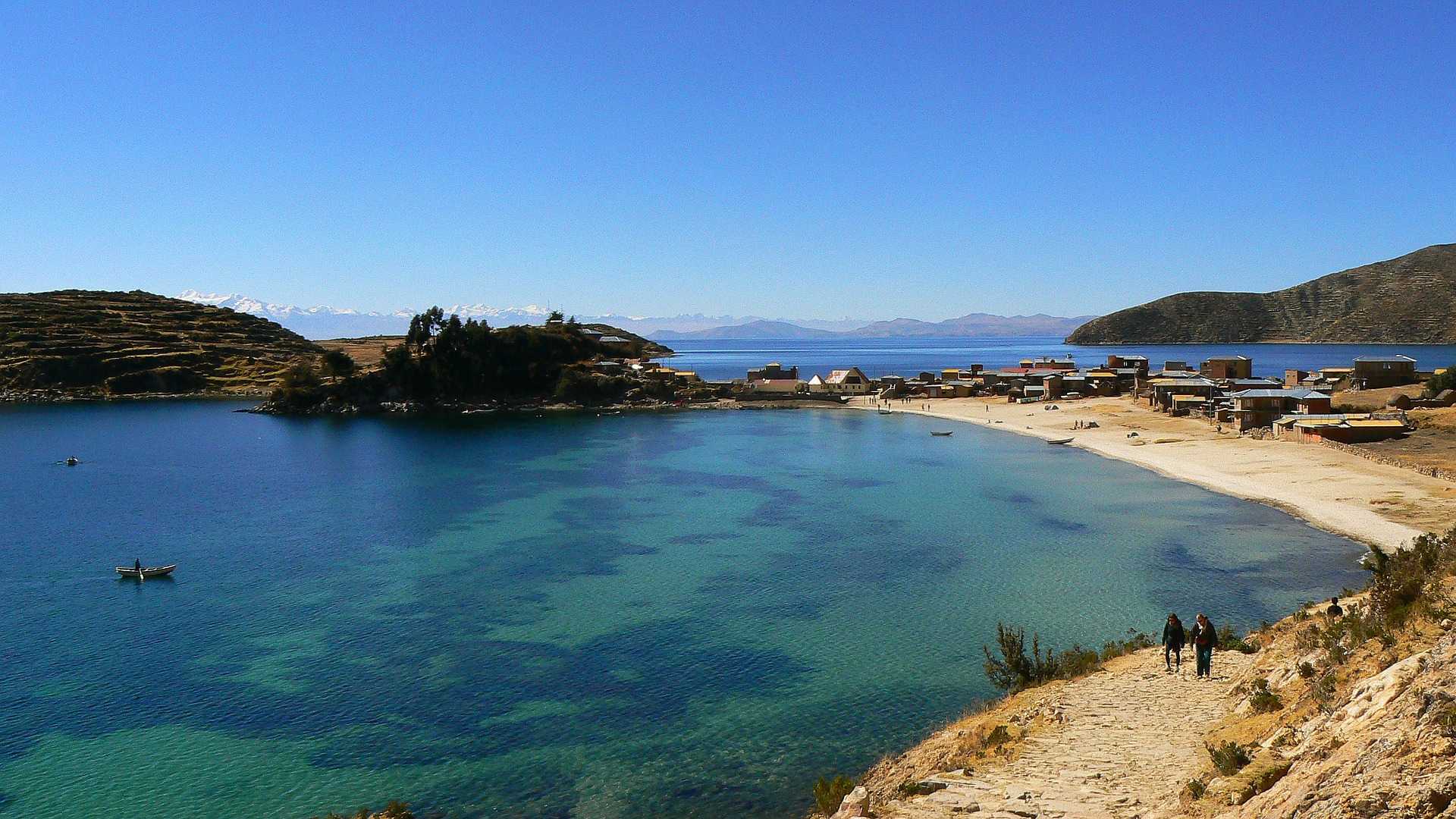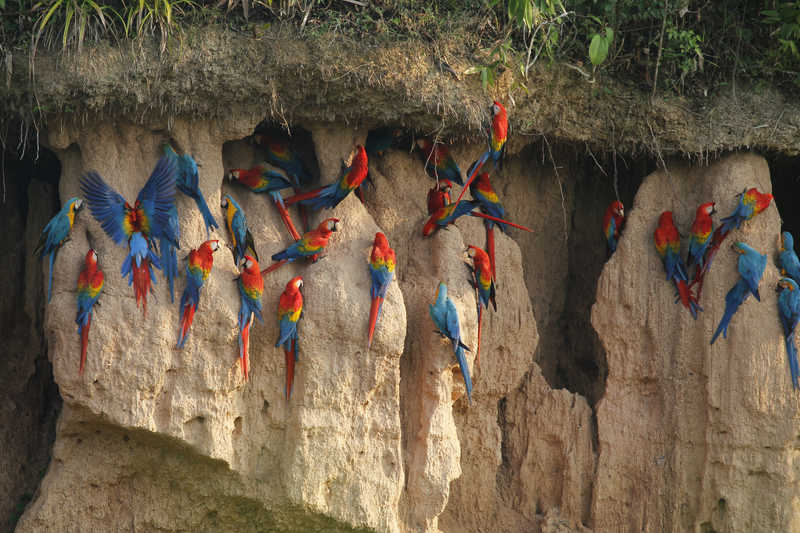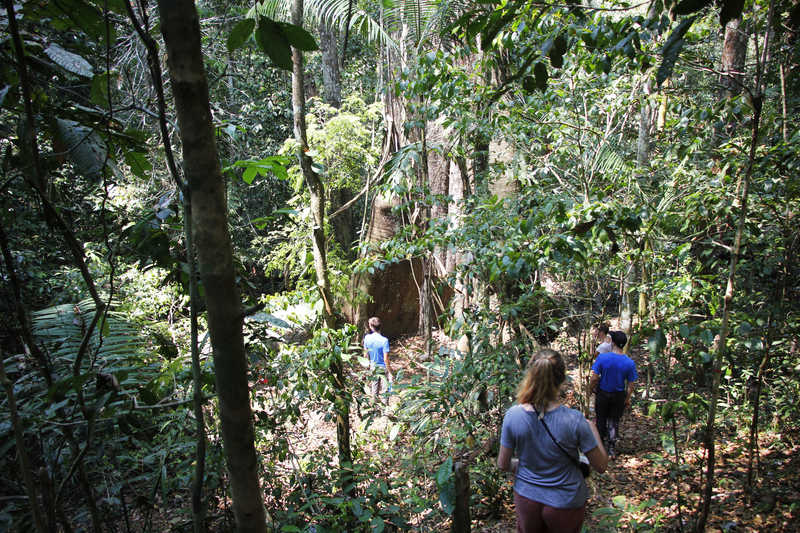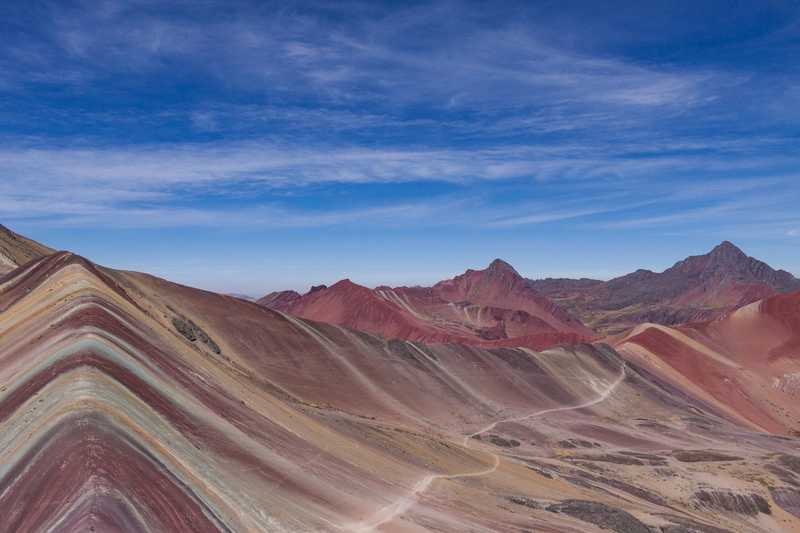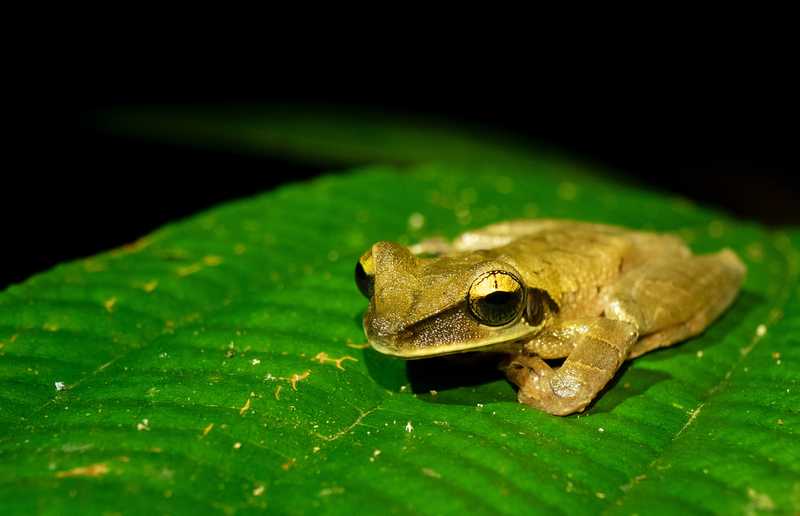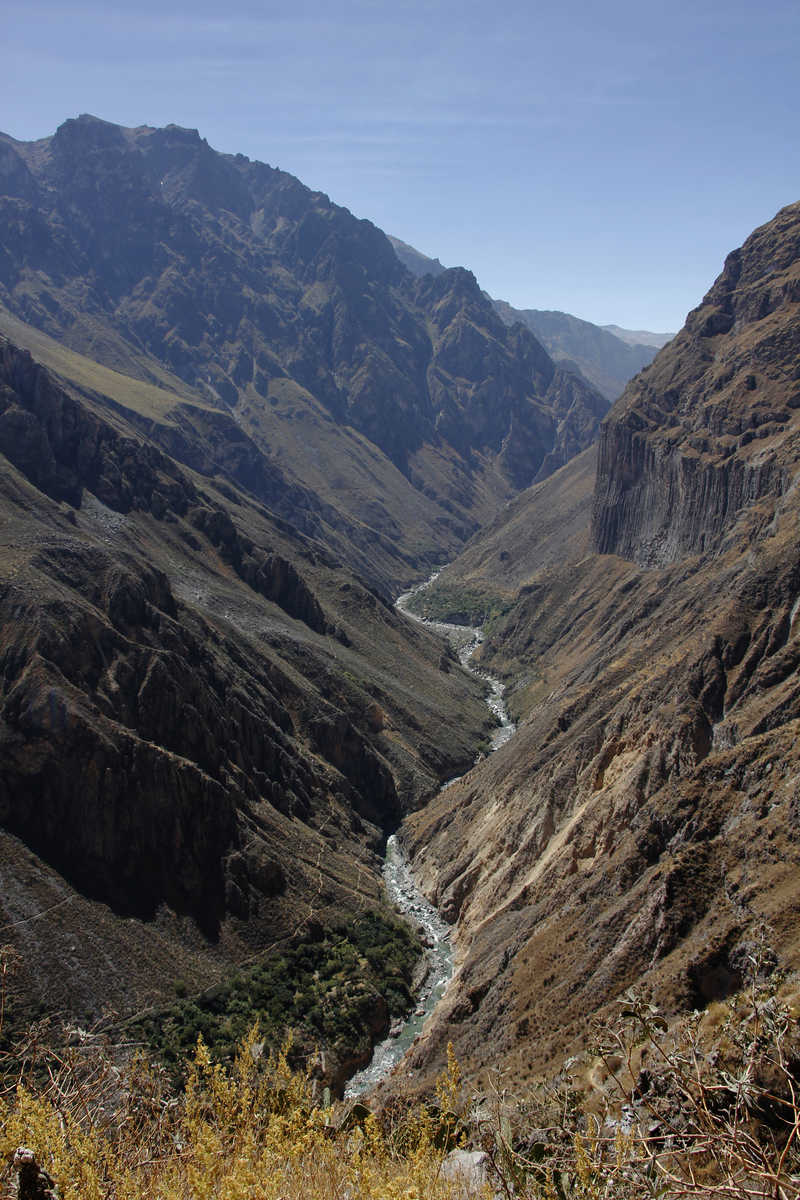Passport
Please double check that your passport is valid for 6 months beyond the date of arrival in Peru. We recommend that you take a photocopy of your passport and keep it separate from the original, and this will be useful if the original is lost while you are travelling.
Visa
Most visitors (including nationals from the UK, Europe, USA and Australia) do not require a visa to enter Peru, and will be granted a 183 day stay. You will need at least two blank visa pages in your passport. Certain nationalities not mentioned above must apply for a visa in advance, so check with your local Peruvian Embassy.
Chinese and Indian nationals may enter Peru without a visa if they have a UK, Canada, Australia, Schengen or US visa valid for a minimum of 6 months at the time of entry to Peru.
Vaccinations
The standard vaccinations required for Peru are diphtheria, tetanus, typhoid and hepatitis A, but you should always consult your doctor or travel clinic for the most up to date advice. Yellow Fever is recommended for some areas of Peru, which includes the Amazon basin.
Insurance
It is your responsibility to ensure that you are fully and adequately insured for the duration of your trip. Please ensure that all activities, excursions and destinations in your itinerary are included in your travel insurance policy, in addition to your regular cover for cancellation and medical expenses. Most of our treks in Peru do not exceed 4700m with the exception of the Ausangate Trek which will reach 5200m. If you are only doing the Short Inca trail your trek will not exceed 3500m. Please ensure that your insurance policy covers you for trekking at these altitudes.
We ask that you keep a copy of your policy summary (containing policy number and the emergency contact number for your insurer) in your day sack at all times, so that we can access this information should we need to contact the insurer on your behalf.
Health
Altitude Sickness
Altitude sickness, called soroche in Peru and also known as Acute Mountain Sickness (AMS) or hypobaropathy, is an illness caused by exposure to low air pressure, especially low partial pressure of oxygen, which many climbers experience at high altitudes. AMS is caused by exerting yourself at high altitudes, especially if you have not been properly acclimatised. It is most common at altitudes above 2400 metres. Our routes have been designed to aid your acclimatisation wherever possible, but the following will also help your body adjust:
Slow and steady. You need to keep your respiration rate low enough to maintain a normal conversation. If you are panting or breathing hard, you must slow down. There is no pressure on you to keep up with other members of your group.
Drink much more water than you think you need. Proper hydration helps acclimatisation dramatically. You need to drink at least three litres each day.
Diamox
There has been a lot of research on Diamox that shows that it has been reasonably well proven to be helpful in avoiding AMS by speeding up the acclimatisation process. In the UK it is a prescription drug which must be prescribed by a doctor, but some doctors are reluctant to prescribe it. The concern is that by taking Diamox, people believe that they are immune from AMS and can ignore the symptoms. In reality, although Diamox can help prevent the symptoms, should symptoms still develop it means that you are not acclimatising and you have to take notice. Diamox is taken before you start treking to prevent altitude sickness, not once you are on the mountain and symptoms have developed.
Malaria
There is no risk of malaria in Cuzco or on the Inca Trail due to the altitude. However, there is a risk of malaria in rural areas of Peru below 2,000m. This would include Tambopata National Park, so if you are planning an extension to the Amazon Rainforest, you need to plan anti-malarial medication for this part of your trip. In addition to taking medication, we would recommend you take every precaution to prevent mosquito bites by wearing long-sleeved trousers and shirts at dusk and dawn when the mosquitos are active, and by using a DEET based mosquito repellent. If you are planning on taking Diamox, please let your doctor know, as daily malaria tablets taken alongside Diamox can cause an upset stomach and nausea. A weekly malaria tablet may be a better option, but you would need to discuss this with your doctor.
Dehydration
You can easily become dehydrated at high altitudes. The lower air pressure forces you to breathe more quickly and deeply, and you lose a lot of water through your lungs. You will also be exerting yourself, and sweating, and may even suffer from diarrhoea. As a result, you will have to drink much more water than you normally would and you should drink at least 3 litres of fluids every day while climbing. Even when you do not feel thirsty you have to drink this amount as a minimum preferably more. Stay on the look-out for signs of dehydration in yourself and your fellow climbers. The most common symptoms include thirst, dry lips, nose or mouth, headache and feeling fatigued or lethargic.
Medication
It is always a good idea to carry a small first aid kit with elasticated bandages, plasters, pain killers, antiseptic cream and any personal medication.
